Guide to the Care and Maintenance of High Shear Mixers
High Shear Mixer
High shear mixers are crucial pieces of equipment in various industries such as pharmaceuticals, food processing, cosmetics, and chemical manufacturing. These powerful machines are designed to efficiently blend materials, disperse solids into liquids, and create innovative formulations. To ensure their optimal performance and longevity, it is essential to implement regular care and maintenance practices.
Details of High Shear Mixer
- Suitable for the material before the process
- Small energy consumption
- Large capacity
- Certain self-suction and low lift transport function
Application: Paint, Adhesive, Battery, Pharmaceutical industry, Cosmetic
Cleaning of High Shear Mixers
Proper cleaning is essential in extending the lifespan and enhancing the performance of high shear mixers. Here are some key points to consider:
a) Daily Cleaning: After each use, flush the mixer with warm water and a mild detergent to remove any residues. Pay attention to hard-to-reach areas and ensure all parts are thoroughly cleaned.
b) Disassembly and Cleaning: At regular intervals, disassemble the mixer and clean each component individually. Soak removable parts in a cleaning solution to help eliminate stubborn residues. Ensure that all parts are free of debris before reassembling.
c) Safety Precautions: Prior to cleaning, always ensure the equipment is unplugged and the power supply is disconnected. Wear appropriate personal protective equipment (PPE) to prevent injuries while handling cleaning solutions or sharp components.
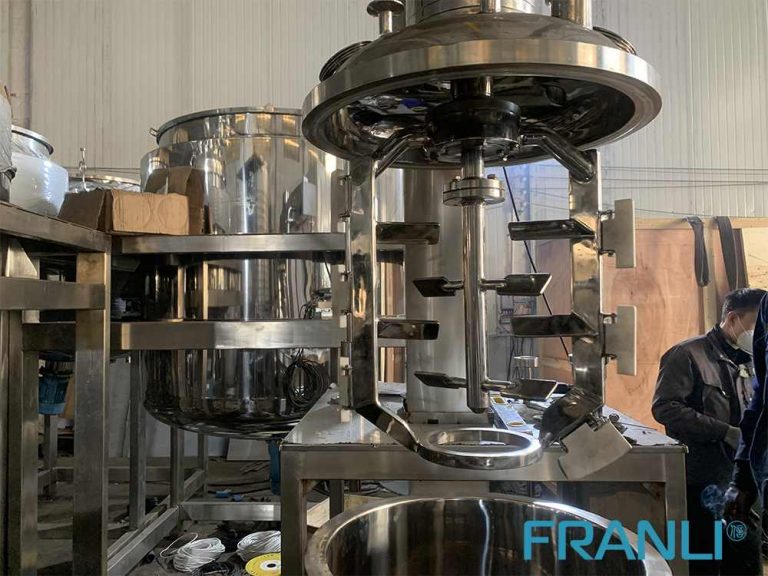
Inspection of High Shear Mixers
Regular inspection is vital to detect any signs of wear and tear, as well as identify potential issues that may arise. Here are some key points to consider:
a) Visual Inspection: Examine the entire machine for any cracks, corrosion, loose connections, or signs of damage. Pay close attention to the sealing area, shafts, and impeller blades. Any irregularities should be addressed promptly to avoid further damage.
b) Bearing Inspection: Bearings play a critical role in the smooth operation of high shear mixers. Regularly inspect bearings for signs of overheating, excessive play, vibration, or noise. Worn or damaged bearings should be replaced promptly to prevent breakdowns.
c) Shaft Alignment: Incorrect alignment of the mixer shaft may result in excessive vibrations, decreased performance, and premature wear. Regularly check the alignment and adjust if necessary using appropriate tools or seek professional assistance.
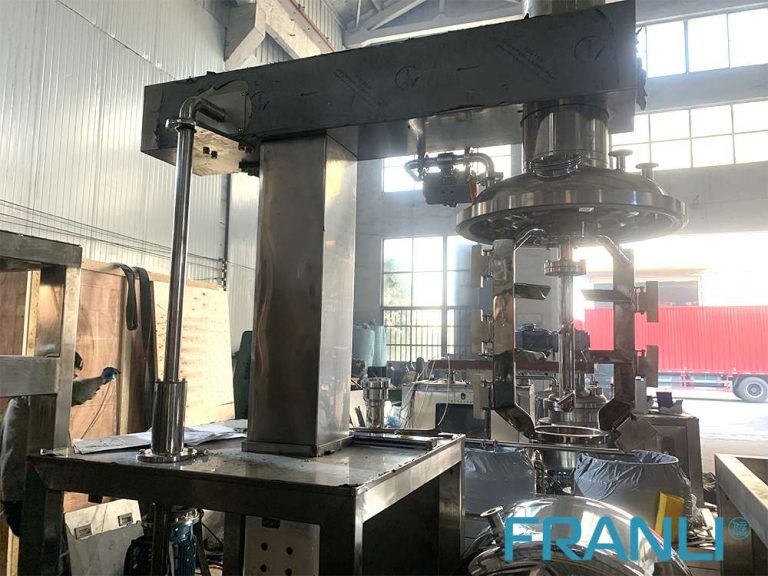
Lubrication of High Shear Mixers
Proper lubrication helps reduce friction, minimize wear, and ensure smooth operation of high shear mixers. Here are some important points to consider:
a) Lubrication Schedule: Follow the manufacturer’s recommendations regarding lubrication intervals and types of lubricants to use. It is crucial to adhere to these specifications to extend the life of the mixer.
b) Lubrication Points: Pay attention to lubricating key components such as bearings, seals, gears, and other moving parts. Apply the appropriate lubricant or grease as per the manufacturer’s guidelines.
c) Excess Lubrication: Be cautious not to over-lubricate as it may lead to leaks or attract dust and debris, causing additional problems. Follow the recommended quantities and application methods.
Troubleshooting Tips of High Shear Mixers
High shear mixers may encounter technical issues during operation. Here are some common problems and troubleshooting tips:
a) Motor Overheating: If the motor overheats, check for any obstructions blocking the air vents and remove them. Ensure proper ventilation and, if necessary, inspect the motor for faulty wiring or issues with the cooling system.
b) Excessive Noise or Vibration: Examine the machine for loose bolts, misalignment, or worn-out bearings. Tighten loose components, realign shafts, or replace damaged bearings as needed.
c) Leaking Seals: Leaks around seals can lead to contamination and reduced efficiency. Regularly inspect and replace worn-out seals promptly to prevent leaks.
Proper care and maintenance of high shear mixers are crucial to maximize their longevity, optimize performance, and ensure product quality. Regular cleaning, thorough inspection, appropriate lubrication, and prompt troubleshooting will help prevent breakdowns, minimize downtime, and extend the lifespan of these valuable machines.
Welcome to send inquiry to us and let’s make a win win business together !
Guidelines For High Shear Mixer
The mixing device of the high shear mixer is a rotor with four blades, which rotates at a high speed in a stationary stator to complete the entire stirring and mixing process.
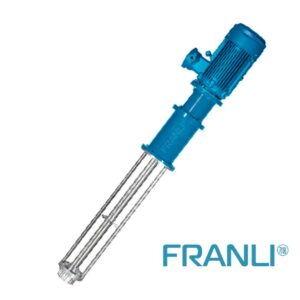
High Shear Mixers: A Guide to Applications in the Cosmetics Industry
A high shear mixer is one of the most versatile pieces of equipment used in the cosmetic industry. It is designed to mix, emulsify, disperse, and homogenize a wide range of cosmetic products.

What is a High Shear Emulsifier?
High shear emulsifiers are innovative and efficient machines that are used in various industries for the purpose of emulsification, homogenization, and particle size reduction.
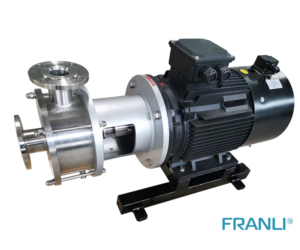
What is an Inline Homogenizer?
An inline homogenizer is a machine that is used to mix and blend different substances together to create a uniform mixture. It is an essential tool in the manufacturing industry, particularly in the production of food, pharmaceuticals, and cosmetics.
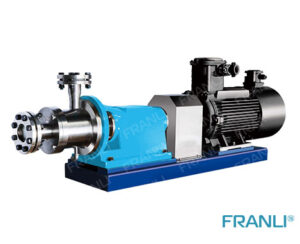
What is an Inline Emulsifier?
An inline emulsifier is a type of high shear mixer that is designed to create a stable emulsion by breaking down the droplets of one liquid into smaller droplets and dispersing them throughout the other liquid.

High Shear Mixer: An Essential Tool for Efficient Mixing
A high shear mixer is a device that is used to mix, emulsify, disperse, and homogenize materials. It is a versatile tool that can be used in a variety of industries such as food, pharmaceuticals, cosmetics, and chemical manufacturing.

High Shear Mixers: Experimental & Production
High-shear mixers are primarily used in industry to produce standard mixtures of ingredients that do not mix naturally. When the total fluid of the material is composed of two or more liquids, after the work of the high-shear mixer, an emulsion is finally formed.

